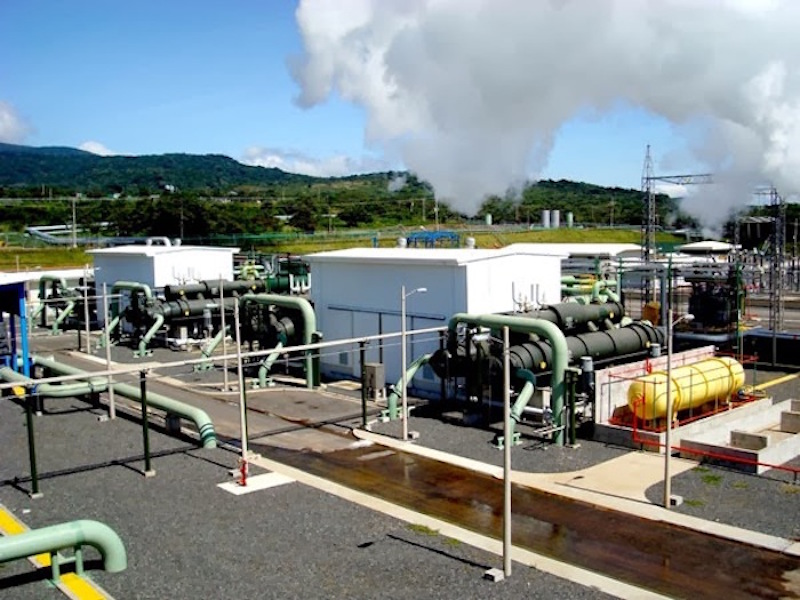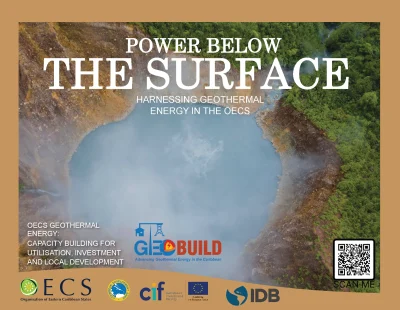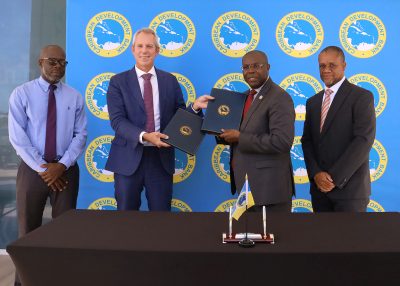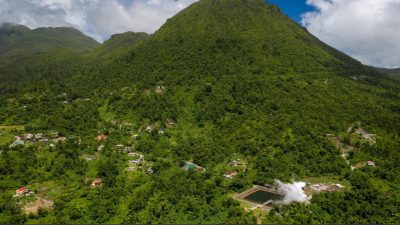Environmental measures in development of Las Paillas II geothermal plant, Costa Rica
Since 2013, the Costa Rican Electricity Institute has rescued and relocated more than 700 animals in the Las Pailas Geothermal Project as part of their environmental management program.
The Costa Rican Electricity Institute (ICE) reported that it has rescued more than 700 animals in the Las Pailas II Geothermal Project, in Liberia, Guanacaste, from 2013 to date.
The geothermal field, where both Las Pailas I and Las Pailas II power plants are located, is adjacent to the Rincon de la Vieja National Park, a natural area of great diversity.
The relocation of fauna is one of the main tasks of the Environmental Management division of the project which, from the beginning of the construction of the plant, executed measures to identify, recover, and safeguard the species, and then reinsert them into similar environmental conditions.
Farrel Ruiz, coordinator of Environmental Management, explained that the first step was to enter all the sites of the field to rescue and relocate the animals. This was done even before the construction of the facilities started.
“This effort started before the camps, offices, workshops and collection centers were set up. Then it was maintained during the construction of the pipelines, injection lagoons and the power plant. It will continue until all the works have been completed.” he explained.
By using cameras, the presence of large mammals such as puma, jaguars, ocelots, tapirs, peccaries and deer has been monitored. This information serves to confirm the existence of the species in the area near the volcano, as well as to verify the recovery of ecosystems.
Most of the lands that make up the Las Pailas geothermal field were acquired by the ICE in the condition that the pastures or small patches of forest retain livestock activity. The Institute restored the spaces with species of native flora. In turn, this has attracted fauna that have not been observed for decades.
Within the project site, aerial and subterranean wildlife passages have also been established for the transit of animals outside of internal roads. Anti-scaling sheets on pole anchors, semi-insulated cables, and speed reducers and signages to avoid collisions have also been installed to protect the wildlife. Rescue operations are still occasionally conducted in areas within the project or outside the construction sites.
Source: El Pais Costa Rica



















